Updated: 30-May-2018
ELIZALDE (Otra breve historia complementaria)
(Spain)
Another brief complementary history of this company.
This important automobile factory in Barcelona was founded in 1905, the old Vallet, which started its activity in 1908 as Badia-Elizalde.
-In 1917 it became interested in aviation engines.

“Perhaps the oldest photo of the Elizalde”
-The Spanish Military Aviation requested the creation of an aviation engine of 100 CV of power. Two engines called T-41 and T-80 were designed and built.
-The T-80 gave 150 CV and had 8 cylinders in V with 8 liters of displacement, rotating at 2,000 rpm.
-It is the one that appears on the test bench in the following illustration.
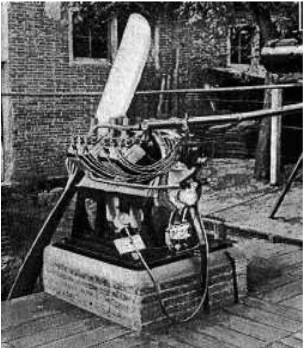
"The T-80 on its test bench"
-The ground and flight tests were a success, the latter in a Farman II aircraft in which, by the way, flew the man who would later be director of the Elizalde Company, D. Julio de Rentería.
-At the end of WWI, Military Aviation had access to war surplus, not requiring the construction of new engines.
-This prevented the mass production of the T-41 and T-80.
-Elizalde was dedicated to the construction of excellent cars.
-Julio de Rentería acted as permanent liaison between the Company and the Military Aviation.
-After 1925, Carmen Biada, when her husband and founder D. Arturo Elizalde died, requested the Military Aviation to authorize a new Director who turned out to be Julio himself.
-The new Elizalde SA was dedicated exclusively to the construction of aviation engines as from 1927, acquiring the licenses for the W-type Lorraine with 450 CV that was made in Barcelona in three versions according to accessories, such as A-3, A-4 and A-5, the latter with gear.
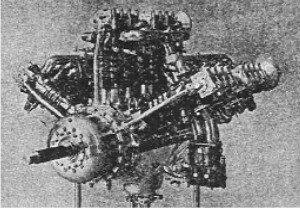
"Lorraine-Elizalde, photo from the EAE Bulletin"
-These engines were destined for the Dornier Wal and Breguet built in Spain.
-For a special order from Military Aviation they made a series of engines called J-4, 110 CV, licensed from the Czechoslovak manufacturer Walter and of which 150 engines were made.
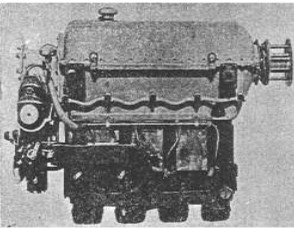
"J-4 de Elizalde -Walter-"
-At the same time they began to work on the production of a wide program of national prototypes of air-cooled radial engines.
-That's how the Dragon V, VII, IX and Super-Dragon engines were born, whose prototypes were all built and taken to the test bench.

"Another one of the innumerable Military Aviation visits, in this case Naval Aeronautics"
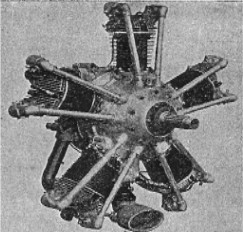
"Dragón V"
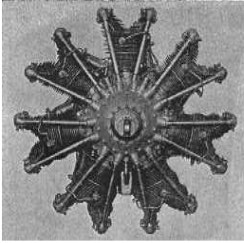
"Dragón VII"
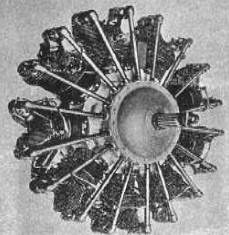
"Dragón IX"
-The Dragon V was a five-cylinder engine that gave 180 CV. The Dragon VII, with seven cylinders delivered 230 CV. The Dragon IX had nine cylinders and gave 900 CV.
-The Super-Dragon engine, which gave the 900 CV at 3,000 meters of altitude, was pending final tests at the beginning of the Civil War in 1936, and most of its elements and documentation has disappeared during the war.
-During all that time in which the company was collectivized, between 1936 and 1939, it was called SAF-8, ceasing absolutely any intervention on the part of the Elizalde Company.
-Ammunition and aviation bombs were made, and the manufacture of the Russian M-25 engine, a copy of the Wright-Cyclone F26, was started.
-According to an EAE Bulletin in that period the preparation of the "Notacha" engine began. (?)
-The first book of Acts of the constitution as SAF-8, signing the first UGT and CNT managers, describing the first decisions, is deposited in the ANC of Sant Cugat, (perhaps coming from the Salamanca Archives).
-The factory -and Barcelona- was bombed by a rebel ship at 10 o'clock in the night of February 13, 1937, (the Italian "Eugenio de Savoia").
-The bombings destroyed the central engine testing room and other serious damage that led to the order to disseminate the factory, moving the technical offices to "Paseo de la Bonanova" and the town of "La Floresta". The workshops were taken to "Monistrol de Montserrat" and to different small premises in Barcelona.

"Elizalde factory with the Sagrada Familia in the background"
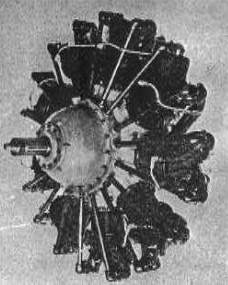
"Super-Dragón"
-The results of the maritime bombings were verified personally by officers of the British Army, who were in sight of Barcelona to "safeguard the interests and subjects of their country."
-They also visited the leaders of the collectivized industry in order to personally check the damage caused by the rebel ship, which from 10 miles away had achieved five impacts on an objective of such importance (the rest of the shots were received by the civilian population of the surroundings).
-After the end of the civil war, in 1940, the construction work of 150 Beta B1 nine-cylinder engines, they were air cooled, with compressor and gave 750 CV with restoration of power at 2,900 meters of altitude.
-Possibly based on the M-25 and Super-Dragon.
-With destiny to CASA's Ju-52 transport trimotors.

"Preparation for flight tests"
-The previous photograph is taken shortly before starting flight tests with the engines installed on the famous tri-motor, carried out by the Field Service of Elizalde.
-They are the Beta B-1 models.
-The same engines were tested on the ground by the same Field Service. This time on the cells of the I-15 (possibly those already built in Spain).
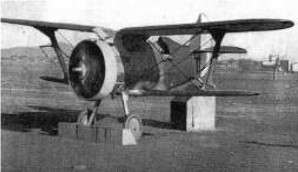
"Breaking in of a I-15 with a Beta B-1"
-From these same engines they made new series of 350 engines, in its B-1A and B-3 versions with 775 CV. Both engines were intended for the CASA Ju-52.
-The B-4 Beta, equipped the Hispano Aviation "Triana" HA-100-E1, a nice training aircraft.
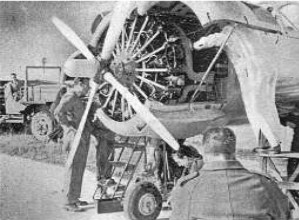
"Beta B-4 on theTriana"
-It was also destined to the CASA Halcón during the 1940's-50's.
-During this period the first prototypes of the "Tigre" G engine were projected and built, in its two versions the IV-A with 125 CV and the IV-B with 150 CV. And the G5 for inverted flight (G-IV-A5).
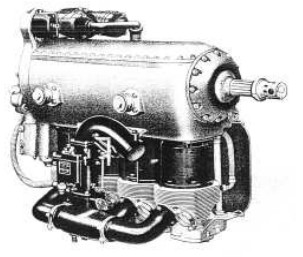
"Elizalde Tigre G-IV-"
-The test bench was simple: in a booth next to it, they saw the engine through a window, and in this boot were the controls and gauges giving the parameters that the engine delivered.
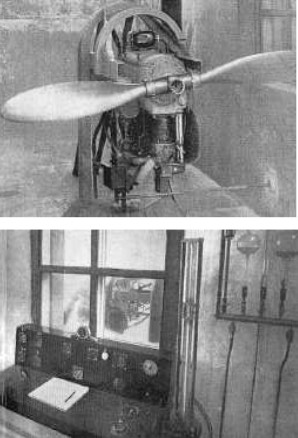
"Tigre G-IV tests"
-The Tiger was destined to the small Aisa HM and I-115 planes and to the Bücker built under license.
-The Spanish Ministry of Air, through INTA, requested to build a 450/500 CV engine for the HS-42 aircraft and the Casa-201 "Alcotán".
-The calculation and project of this engine, called "Sirius", was completed within ten months and the following year the prototype was already on test.
-Finally, after a duration and other tests, the power was set at 500 CV at 2,300 rpm.
-It was the year 1945. This engine gave problems and delays in its actual commissioning, so that in the cells built by CASA they had to mount the English AS Cheetah.
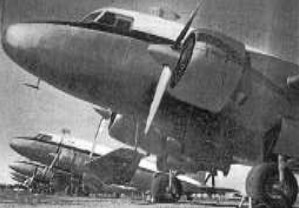
"Row of Alcotans with Sirio SVII-1 and 2"
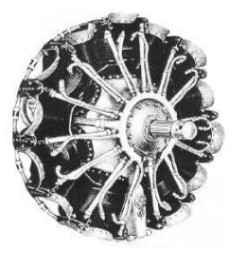
"Elizalde Sirio"
-In 1951 came out the small 7-cylinder "Alción" that gave 250 CV.
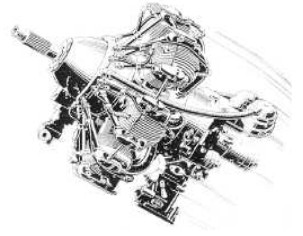
"Alción A-1"
-It turned out to give 275 CV at takeoff and 250 CV of normal power. It seems that it was destined for the CASA "Hawk" plane.

"Two pictures of the Alción for helicopters"
-By its size, it was ideal for liaison, training, ambulance and observation airplanes.
-As we see in the photographs, the helicopter version was made in vertical mounting.
-The two engines that remain from the line of the last period are the "Flecha" for the Aisa "Peque I-11B" and the Turbomeca Marboré II for the Saeta aircraft.
-The configuration of the "Flecha" was similar to the Continental and Lycoming horizontally-opposed four-cylinder engines.
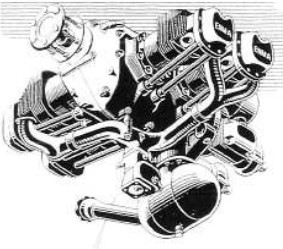
"Elizalde-Enma, Flecha"
-From 1952, the Elizalde company was nationalized as "Empresa Nacional de Motores de Aviación" (National Company of Aviation Engines).
-The installations were relocated to San Andrés, a less central district of Barcelona. At the same time another base was opened in Torrejón de Ardoz to review engines of all kinds.
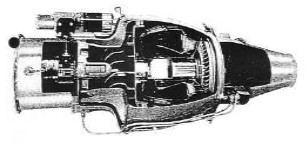
"Marboré II = Elizalde-Enma M21"
-From 1955 the Marboré was made, which was a technological jump for the company. Improved the packing of engines from wooden boxes to metal containers with neutral environment.
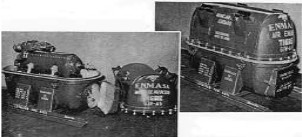
"Tigre in metal container"
-The new factory was immense as we see below with the twelve breaking-in banks, in the upper center part of the picture.
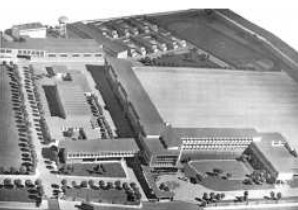
"Elizalde San Andrés factory"
-In the 1950's the engine production line of ENMA SA covered a power range from 90 CV to 775 CV ("Flecha" to "Beta") and the Marboré turbine engine that delivered 400 Kgf. of thrust. Below we see an ad of the time.
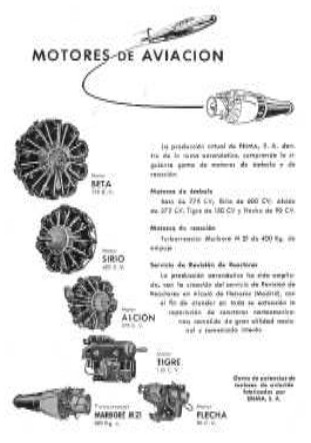
"ENMA ad"
-As already indicated in the main text, the base of San Andrés was sold to Mercedes Benz to build vans. While ENMA in Torrejón de Ardoz passed through the hands of CASA and finally it is ITP, continuing with aviation engines.
-New Author's note: The sectioned engine that was in L'Aeroteca has been deposited at the Aerodrome of La Sénia, in its Interpretation Center of the Historical Memory of the Civil War 1936-1939. This airfield was very active in the Battle of the Ebro.
-it was created by the Republican Aviation (La Gloriosa) and it was soon occupied by the Condor Legion.
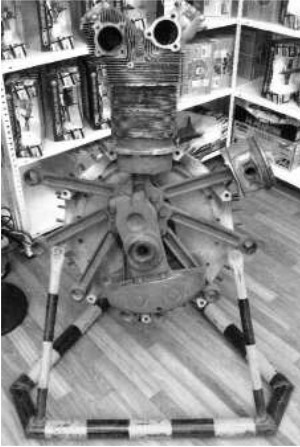
"Elizalde Beta, at L’Aeroteca for didactics"
-We appreciate the naked embossment with an upper cylinder, a piston in the air and the second half of the crankshaft that acts as a rear crankpin and at the other end it has a floating counterweight that acts as a damper.
-The front of the crankpin has another counterweight, but fixed, and of equal size.
-The Beta is a derivative from the Super Dragon, which was derived from the Russian M-25, derived from the American Wright Cyclone. The best for the author: Built in the Paseo de San Juan factory in Barcelona.
From Appendix 7: More than 50 years after its manufacture, a Sirius VII of the first series is located in a garage in a town in Alicante.
-It shows that in a nice shield on the oil collection manifold, between cylinders 3 and 4, it still reads "Elizalde and Barcelona" instead of "ENMASA and Madrid" of the later ones.
-Happily, collector of engines and mechanical devices J.Castellsaguer in Mataró (BCN) was able to rescue it and now it is in restoration period for its subsequent exhibition.
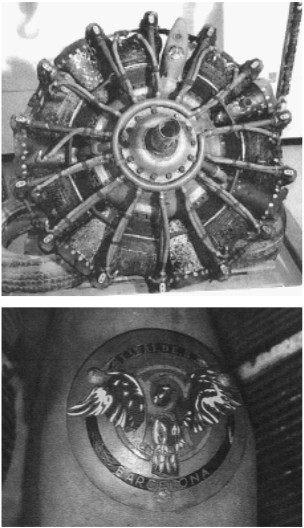
"Sirio engine with emblem"
-For those of us who are natives of the city of Barcelona, we are excited to see that this engine has been made in the city, specifically, in Paseo de San Juan.
From Appendix 9: After designing the Tigre G-IVA5 and B5 engines giving 125 and 150 CV respectively, an acrobatic variant was made, called version G5, that is, Tigre G5.
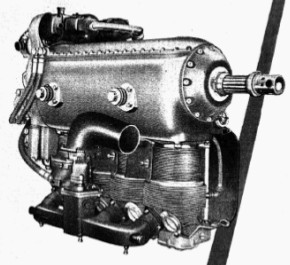
"Elizalde Tigre G5 engine"
-These engines allow lengthy inverted flight and its accessories equipment had a direct current generator and direct electric starter.
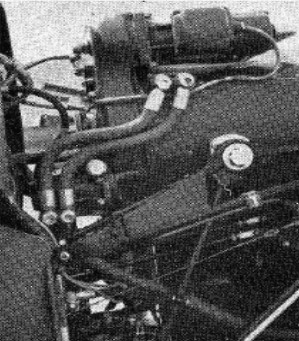
"Oil collection ducts for inverted position"
-The oil collection installation had more scavenge pumps, and some ducts from the pump to the top of the carter give away this type of engines.
-One duct takes the oil in ascending inverted flight and the other in descending inverted flight.
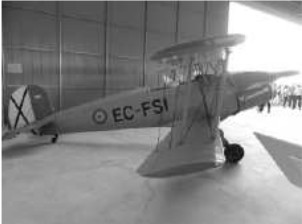
"CASA-Bücker 131 (E3-B)"
-The fuel system was also modified. On the plane and in the fuel and oil tanks, the intake was pendulum, a flexible tube with a mass of lead at the end.
-Normally, on the G-IV engines A and B, the carburetors were Zenith but they allowed transit and inverted flight, full throttle, with the only time limit of a few seconds, because of the oil circuit.

"Valve for inverting the float chamber"
-In the float chamber, the float closes a valve. There is another one free at the opposite that "falls" when the plane flies inverted, and closes the passage through the conical part except the calibrated hole that allows the passage of calibrated fuel for the position of maximum opening of the air butterfly. Being a proportional correct mix.
-But on the G5 engine, the carburetor is an automatic TM from the CAT 60 MM engine. A great design from Medialdea (engineer at Elizalde, who also had his own accessories company).
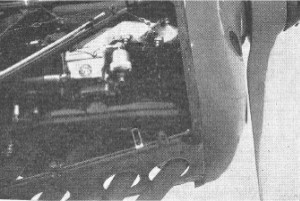
"TM carburetor on Elizalde G5"
-It had a barometric altitude corrector that restricted or opened the air passage for the emulsion well of the main jet. This movement proportionally mixed correctly at different altitudes. The needle that moved the capsule was 1.6 mm for each 100 mm of pressure variation (Hg column) in the atmosphere.
-It also had an ICO (Idle Cut-Off) for instant stopping by cutting fuel and avoiding the recoil of the propeller in this operation. The mentioned standard IRZ carburetor has a double valve that falls in inverted flight giving normally 80% of the power, but a larger valve could be ordered for full power.
-When the plane is in inverted flight, the float does not work and the chamber would be flooded. The calibrated hole protects this anomaly as well.
From Appendix 10: Two new photographs of the 9-cylinder "Dragon" engine, winner of the National Aviation Engine Award.

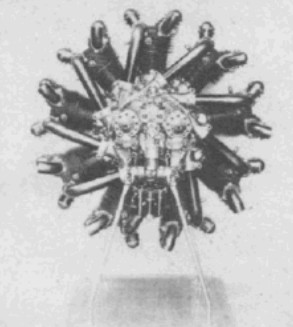
“Two views of the Elizalde Dragon engine”


